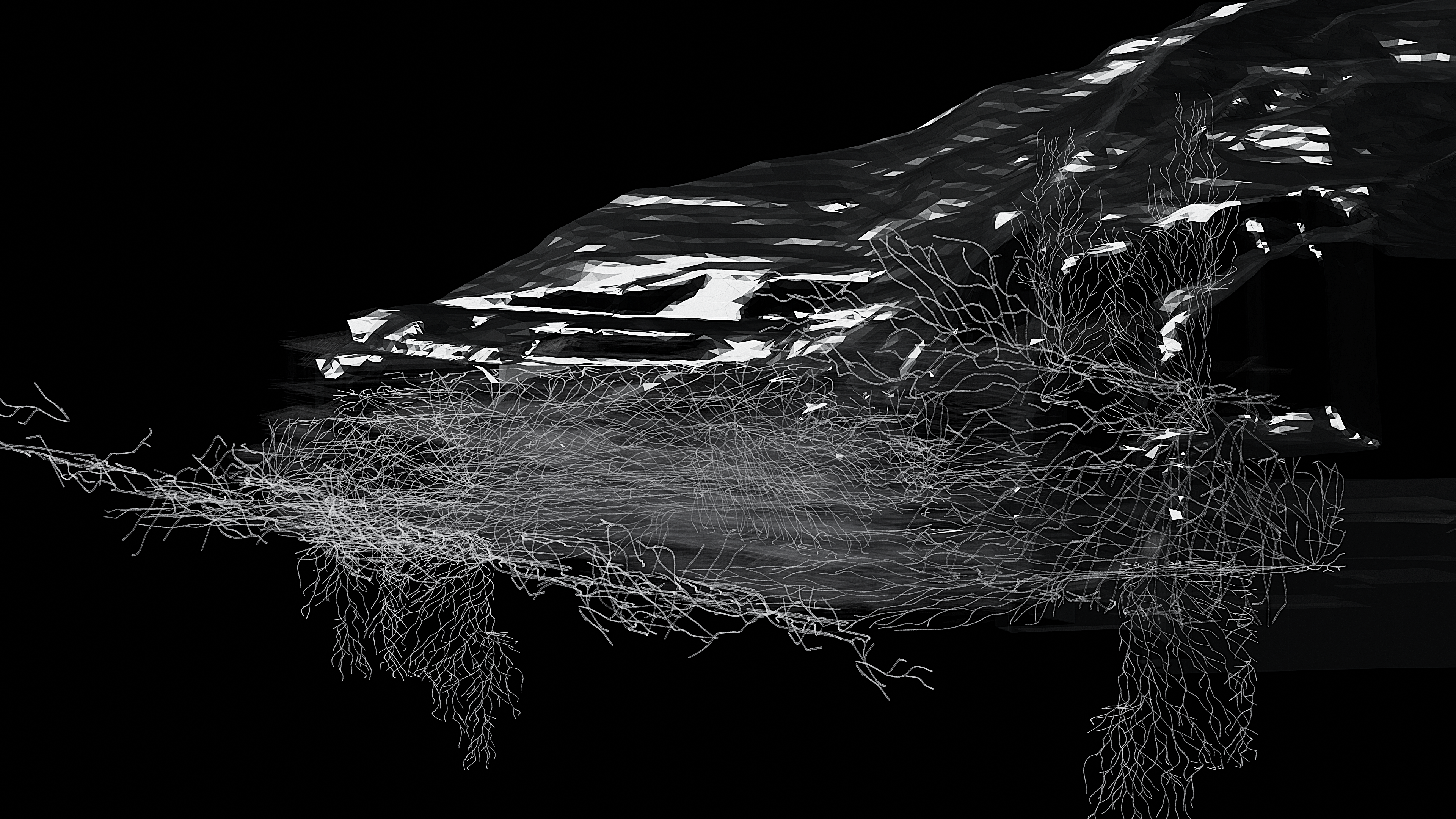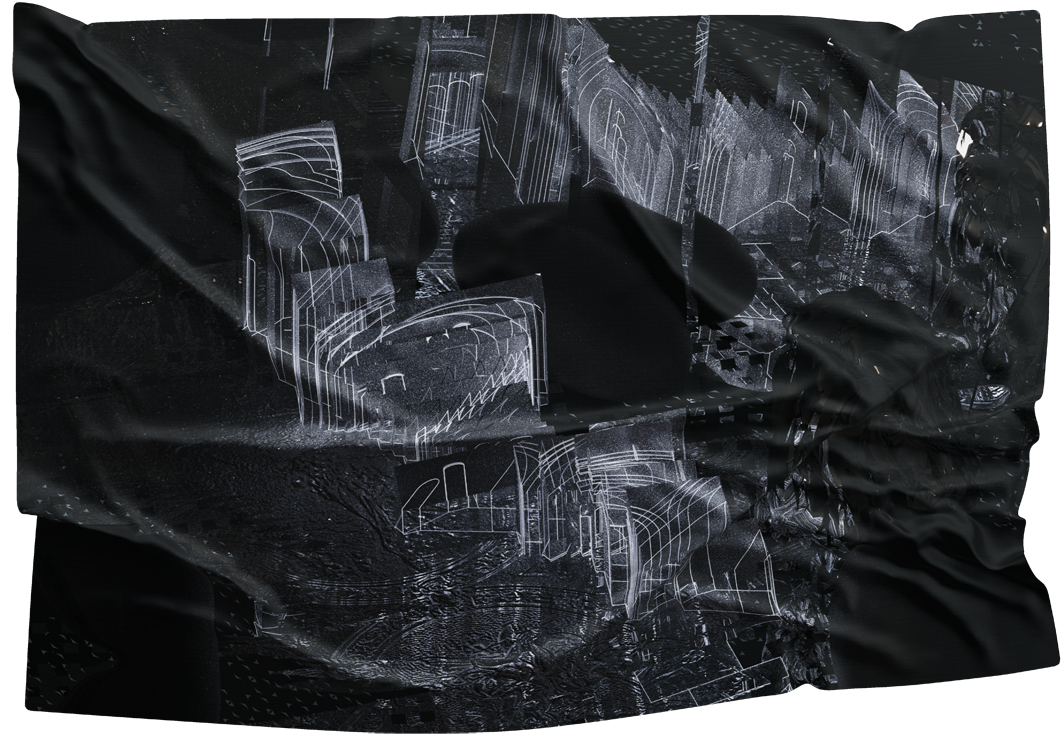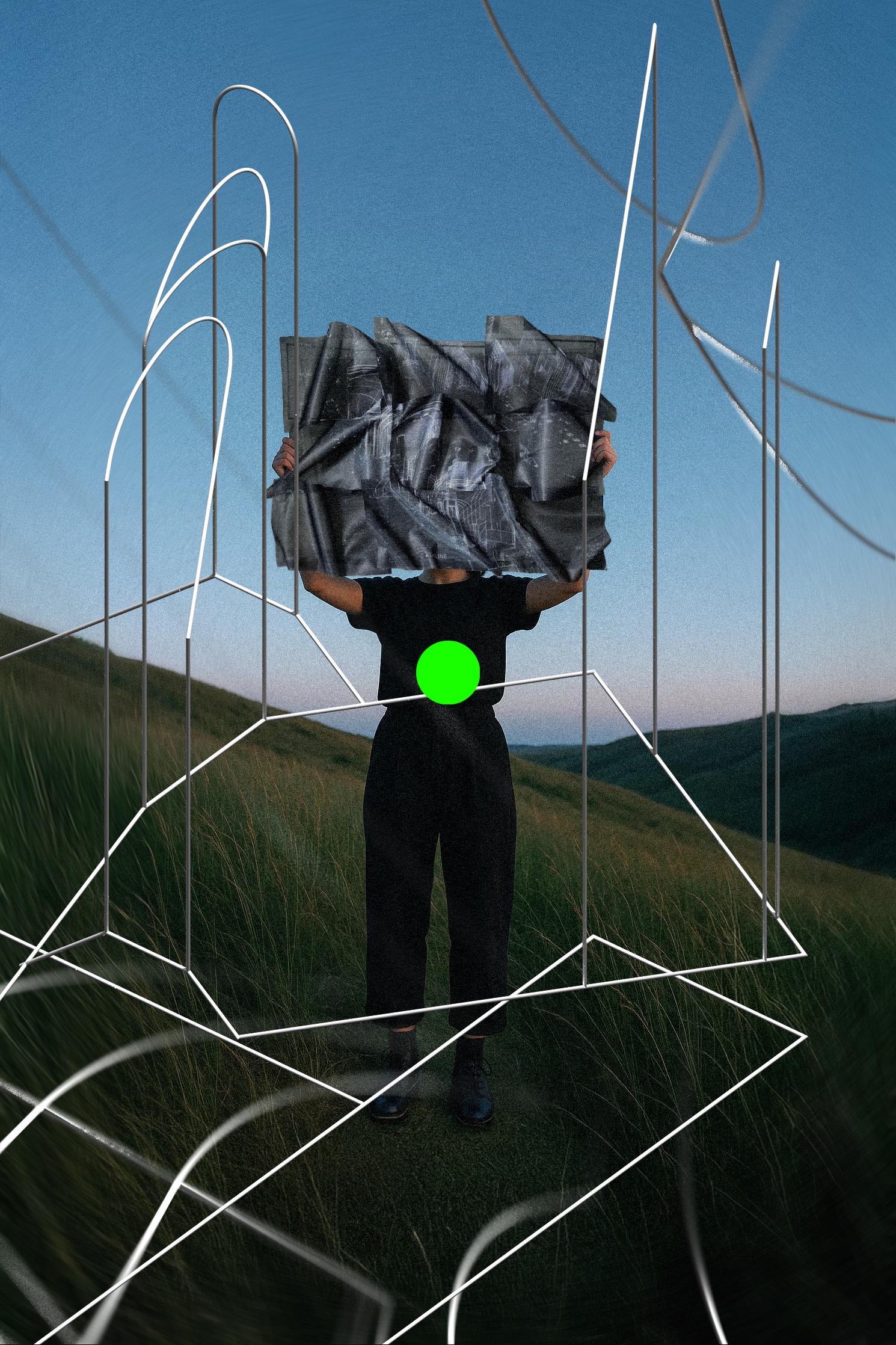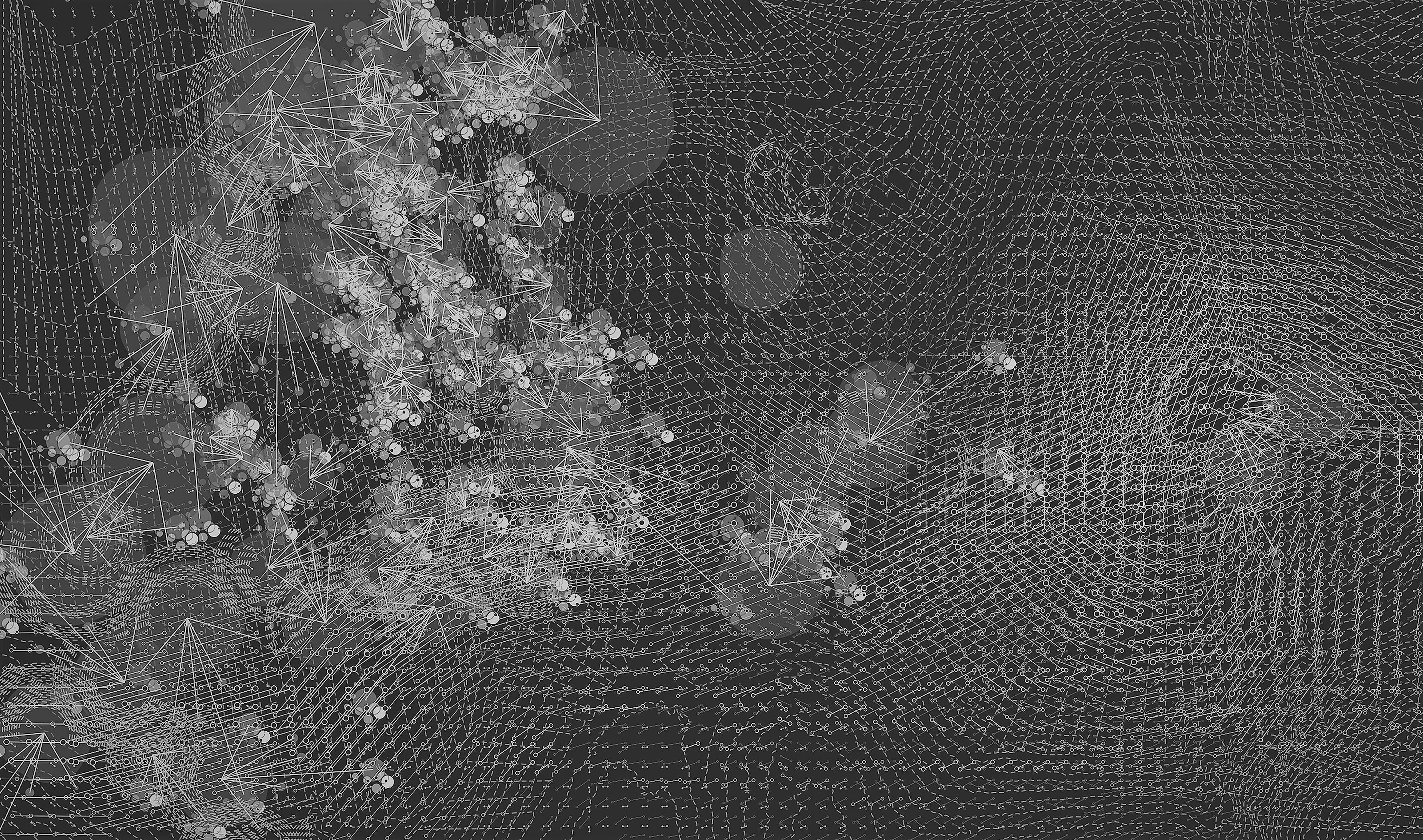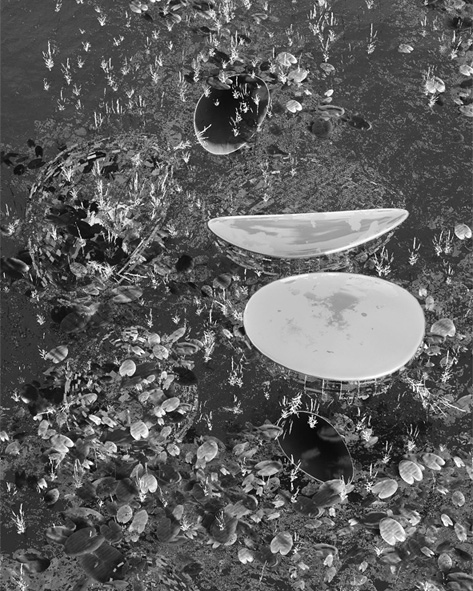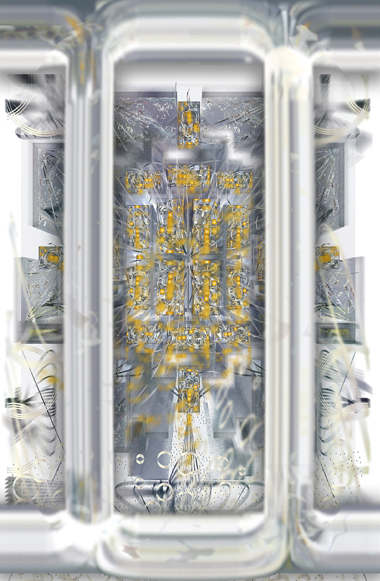Updates from M-Sh Updates from M-Sh
/Merging Visions was awarded an EU grant and is currently being developed within the framework of the S+T+Arts Ec(h)o Residency. Grant/Residency
/I have designed the festival artwork of the Sonic Territories!Visual Design
/Academy of Fine Arts Vienna, Art Mentorship Programme concludes with a booklet!Publication
/Department of Interfaced Dimensions is exhibited at Ars Electronica Festival 2024Exhibition
/I was part of Realities in Transition Residency at V2 Lab.Production, Residency
/All Watched Over is featured in Architektur.Aktuell, Issue: Next GenerationPublication
/"Reimagining Historic Theater Typologies for the Digital Age" has earned Startstipendium from BMKÖS!Awards
/I am part of the Academy of Fine Arts Vienna Art Mentoring Programme.Honors
/All Watched Over is published.Publication
/How to Glitch Your Machine is published.Publication
/All Watched Over is selected for the 18th Venice Biennale of Architecture!Exhibition
